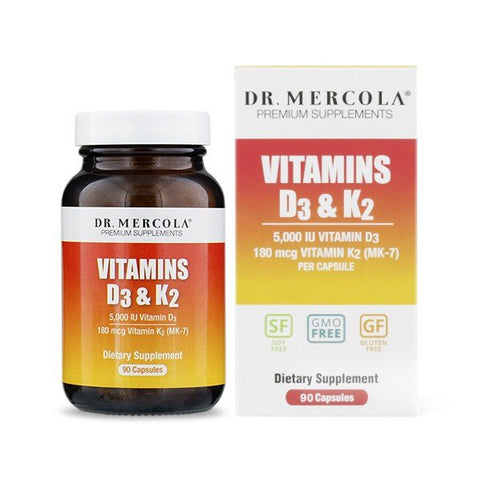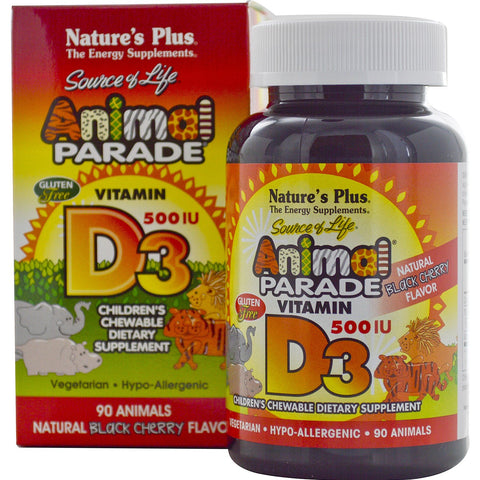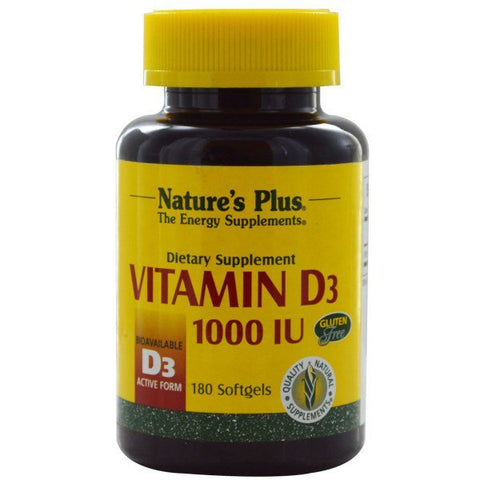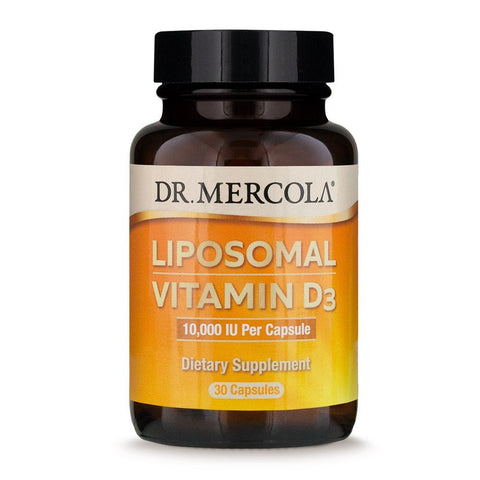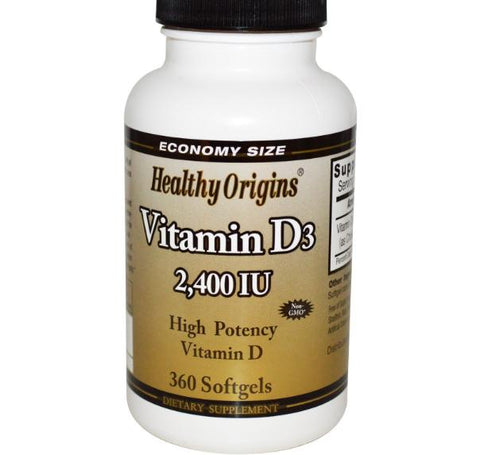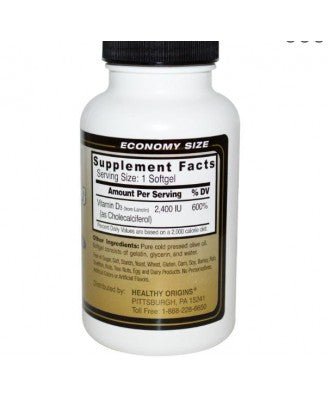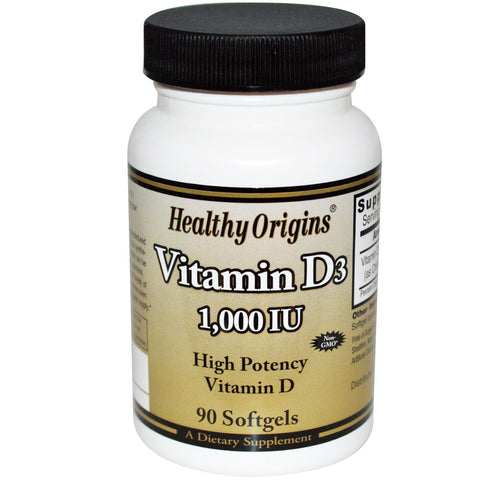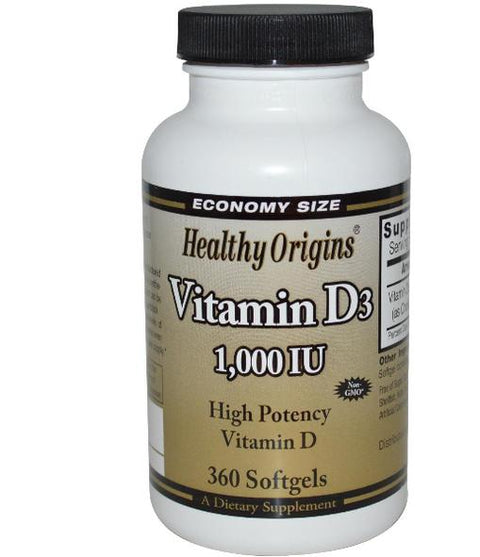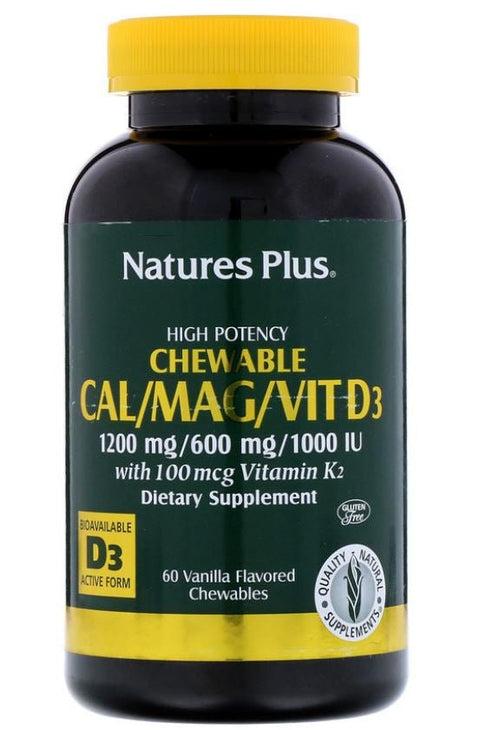12 products

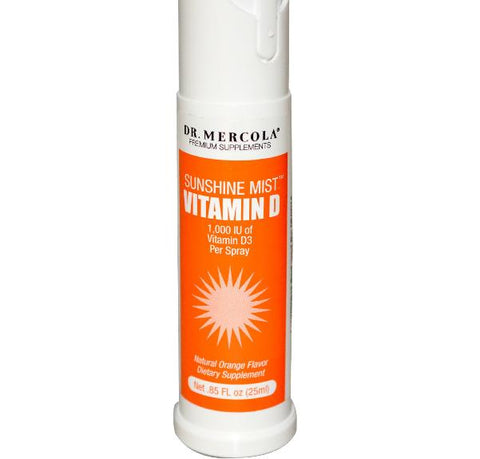
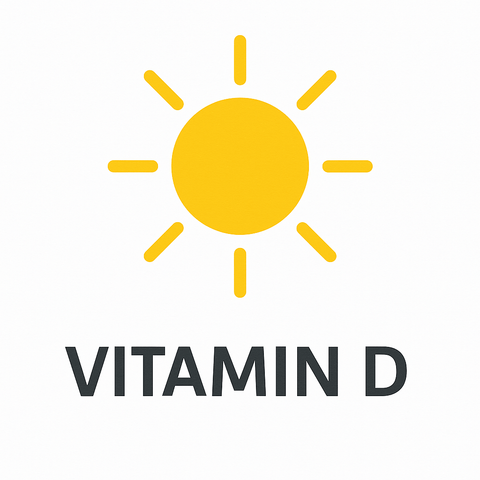
Vitamin D: Essential Sunshine Vitamin for Bone, Immune & Muscle Health
Table of Contents
-
Introduction
-
What Is Vitamin D?
-
EFSA-Approved Health Claims
-
Bone and Teeth Strength
-
Immune System Support
-
Muscle Function
-
Calcium and Phosphorus Absorption
-
Cell Growth and Differentiation
-
-
Vitamin D: Dietary Sources and Sunlight
-
Natural Food Sources
-
Fortified Foods
-
Sun Exposure
-
-
Recommended Daily Intake (RDAs)
-
General Adult Intake
-
Children, Pregnant & Elderly
-
-
Vitamin D Deficiency: Symptoms & Risks
-
Safety and Upper Intake Levels
-
Vitamin D Supplementation: Guidelines
-
Enhancing Vitamin D Status
-
Lifestyle Tips
-
Pairing with Other Nutrients
-
-
FAQs
-
Conclusion
1. Introduction
Vitamin D, a fat-soluble nutrient often called the “sunshine vitamin,” plays fundamental roles in maintaining bone health, supporting the immune system, enabling muscle function, and assisting cellular growth. The European Food Safety Authority (EFSA) has approved several health claims related to Vitamin D, confirming its scientifically demonstrated roles.
This comprehensive guide explores each EFSA-approved claim, highlights natural sources and intake recommendations, and offers guidance for optimizing Vitamin D levels safely and effectively.
2. What Is Vitamin D?
Vitamin D refers to two main forms:
-
Vitamin D₃ (cholecalciferol): Produced in the skin upon sunlight exposure and found in animal-based foods.
-
Vitamin D₂ (ergocalciferol): Found in plant-based and fortified foods, such as UV-exposed mushrooms and fortified plant oils.
Both forms require activation in the liver and kidneys to become calcitriol, the bioactive hormone that regulates calcium, phosphorus, and other physiological processes.
3. EFSA-Approved Health Claims
EFSA authorizes the following Vitamin D health claims:
3.1 Bone and Teeth Strength
Vitamin D contributes to the maintenance of normal bones and teeth by facilitating calcium and phosphorus balance and bone mineralization.
3.2 Immune System Support
Vitamin D contributes to the normal function of the immune system, supporting the body's defense mechanisms.
3.3 Muscle Function
Vitamin D contributes to the maintenance of normal muscle function, which aids mobility and muscle strength.
3.4 Calcium and Phosphorus Absorption
Vitamin D contributes to normal absorption/utilization of calcium and phosphorus, supporting bone health and metabolic processes.
3.5 Cell Growth and Differentiation
Vitamin D contributes to normal cell division, playing a role in growth and maintenance of tissues.
4. Vitamin D: Dietary Sources and Sunlight
4.1 Natural Food Sources
Vitamin D is present in relatively few natural foods:
-
Fatty fish (salmon, herring, sardines, mackerel)
-
Fish liver oils (e.g., cod liver oil)
-
Egg yolks
-
Cheese and butter (in small amounts)
4.2 Fortified Foods
Many countries enrich foods with Vitamin D₂ or D₃:
-
Fortified dairy products (milk, yogurt)
-
Fortified plant-based drinks (soy, almond, oat milk)
-
Fortified breakfast cereals and spreads
4.3 Sun Exposure
Sufficient sun exposure (UV-B irradiation) is essential for skin synthesis of Vitamin D₃. Factors affecting production:
-
Latitude and season: Higher latitudes produce less UV-B in winter.
-
Skin pigmentation: Melanin reduces UV penetration.
-
Age: Aging skin has lower synthesis ability.
-
Lifestyle: Clothing, sunscreen, and indoor living limit exposure.
5. Recommended Daily Intake (RDAs)
EFSA proposed adequate intake (AI) levels expressed in micrograms (µg) per day:
| Group | AI (µg/day) |
|---|---|
| Infants (0–12 months) | 10 |
| Children & Adolescents (1–17 yrs) | 15 |
| Adults (18–64 yrs) | 15 |
| Pregnant & Lactating Women | 15 |
| Adults (≥65 yrs) | 20 |
These values support normal bone growth, immune function, and calcium metabolism.
6. Vitamin D Deficiency: Symptoms & Risks
Vitamin D deficiency is widespread in regions with limited sun, especially during winter or among populations with dark skin, limited outdoor activity, or food scarcity.
Potential health implications include:
-
Soft, brittle bones—osteomalacia in adults, rickets in children
-
Reduced muscle strength and higher fall risk in older adults
-
Compromised immune response, increasing infection risk
7. Safety and Upper Intake Levels
While rare, excessive Vitamin D intake can cause hypercalcemia and related symptoms.
EFSA’s Tolerable Upper Intake Levels (UL):
-
Infants (0–12 mos): 25 µg/day
-
Children (1–10 yrs): 50 µg/day
-
Adolescents (11–17 yrs): 75 µg/day
-
Adults (≥18 yrs), pregnant/lactating: 100 µg/day
For safety, supplementation should not exceed these ULs without medical supervision.
8. Vitamin D Supplementation: Guidelines
Supplementation may be necessary for:
-
Individuals with minimal sun exposure
-
People with dark skin living in high latitudes
-
Elderly individuals with limited outdoor activity
-
Individuals with conditions that impair absorption
Best practices:
-
Most standard supplements provide 10–25 µg (400–1,000 IU) daily
-
In deficiency, medical professionals may prescribe higher-dose treatment
-
Avoid excessive intake; stay within 100 µg/day unless advised
9. Enhancing Vitamin D Status
9.1 Lifestyle Tips
-
Spend 10–30 minutes outdoors midday, with some skin exposed and without sunscreen (depending on sensitivity)
-
Incorporate fatty fish and fortified foods into your diet
-
Consider supplements in winter or during low sunlight periods
9.2 Pairing with Other Nutrients
-
Calcium and phosphorus: Supplement alongside Vitamin D for bone health
-
Magnesium: Aids Vitamin D metabolism
-
Vitamin K₂: Works synergistically with Vitamin D for bone matrix support
10. FAQs
Q1: How much sun exposure is needed for optimal Vitamin D?
10–30 minutes of midday sun in spring/summer with moderate skin exposure generally suffices, depending on factors like skin tone and latitude.
Q2: Can I get enough Vitamin D from diet alone?
Natural food sources provide limited amounts; fortified foods and supplements may help meet the AI of 15–20 µg/day.
Q3: Is Vitamin D safe in pregnancy?
Yes—15 µg/day supports mother and fetal bone health. Exceeding 100 µg/day is not advised without medical guidance.
Q4: Does Vitamin D help boost immunity?
Yes—EFSA confirms its role in supporting the immune system.
Q5: What are signs of too much Vitamin D?
Symptoms of hypercalcemia include nausea, weakness, frequent urination, and kidney problems.
11. Conclusion
Vitamin D plays essential roles in maintaining bone and teeth health, immune defense, muscle function, nutrient absorption, and cell growth—all approved by EFSA's health claims.
To optimize your Vitamin D status:
-
Aim for safe sun exposure
-
Incorporate natural and fortified foods
-
Supplement when needed, within recommended limits
-
Pair with calcium, magnesium, and vitamin K₂
A balanced approach ensures Vitamin D supports long-term wellness at every life stage.

